
14 minute read
A Different Kind Of High School Experience
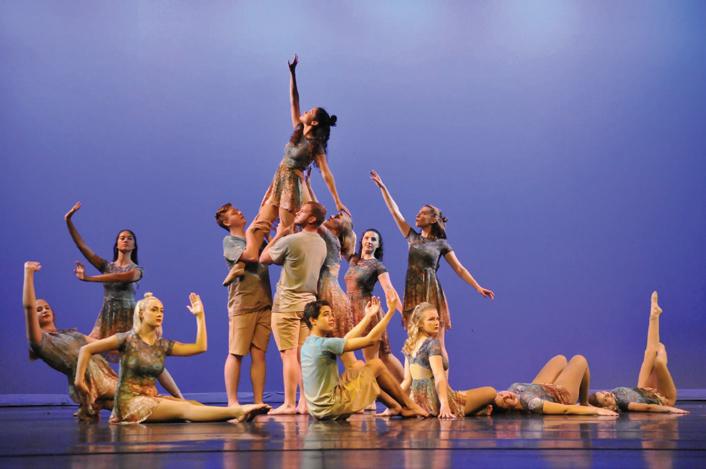

Advertisement
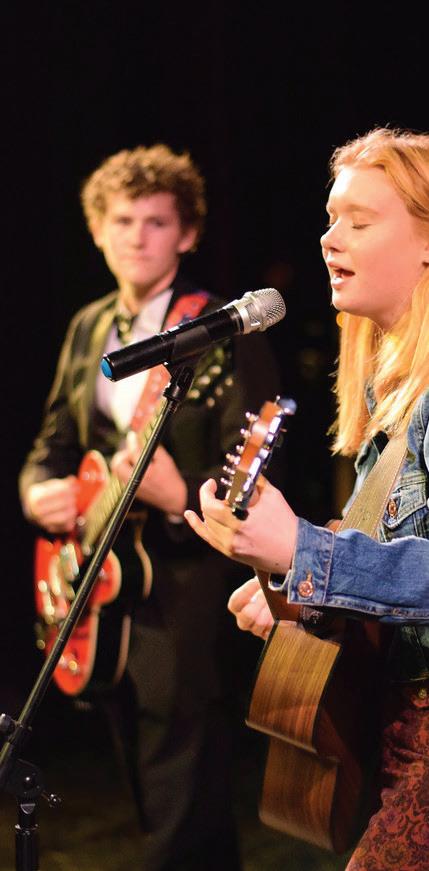
By Celeste Cramer
Education, as we know it, is being reinvented. Ten years ago, a group of educators from different local schools- Chico High School, Pleasant Valley High, and Chico State- converged to cultivate ideas for rethinking education at the high school level. The premise of their work centered on the idea that “regular” high schools were not designed for all students’ success, and that schools should consider student passions and interests to offer a broad range of educational experiences. They wanted students to be flexible, fearless, and competent problem solvers, and they aimed to foster a culture of innovation, imagination, and creativity. They envisioned a safe, smaller learning environment that would provide a place for students to be risk-takers, change-makers, boundary-pushers, and challenge-seekers. In 2010, Inspire School of Arts & Sciences was born, and now, a decade later, they are rated the #1 high school in the area with a graduation rate of 98%, which far exceeds California’s average.
The Inspire campus was designed to deliver an immersive educational experience unlike any other in the Northern California region. The high school has provided students with the unique opportunity to explore and intensively learn in theater, music, dance, visual arts, digital media arts, engineering, and science. With an extended, collegelike classroom block schedule, 80 to 90-minute classes allow the necessary time to dive deeper into the subject matter. Additionally, the school offers a family-like feel with an Advisory class where students stay for all four years of their high school career. Inspire is a home away from home where students can discuss sensitive topics like racial injustice, equity issues, and environmental solutions, and where they learn empathy for others. It is also where they develop a desire for life-long learning and selfimprovement.
Striving for Excellence:
Inspire has the #1 ranking in English Language Acquisition (ELA) and Science scores for Chico, CA area schools, with the highest rate of high school graduates.
Transcending Traditional Learning:
Inspire offers over 80 electives and 12 majors to its students, creating an award-winning educational experience. Inspire prepares young leaders to expand and achieve their dreams in Visual Arts, Digital Media Arts, Dance, Theatre, Musical and Technical Theatre, Vocal and Instrumental Music, Science, Environmental Science, Engineering, Robotics, Humanities, and Recording Arts.
Producing World-Class Performances:
Patrons often walk away from Inspire productions in awe that this level of talent has come from high school students. They don’t know that students are encouraged to play a role far beyond the expectations of other high schools. Students provide projected budgets, drawings of the sets, backstage management, costume research and design, lighting plans, and much more.
“I have been attending Broadway Shows in New York for 30 years, and after watching Oklahoma by Inspire, I now know where I can see performances of that caliber.” - Connie, Butte County resident.
Creating Hands-On Experiences:
Inspire School of Arts & Sciences offers a diverse range of engineering courses designed to connect content-level skills and creative solutions. Students work in teams to design and test solutions empowering them to develop in-demand, transportable skills like collaboration, critical thinking, and communication.
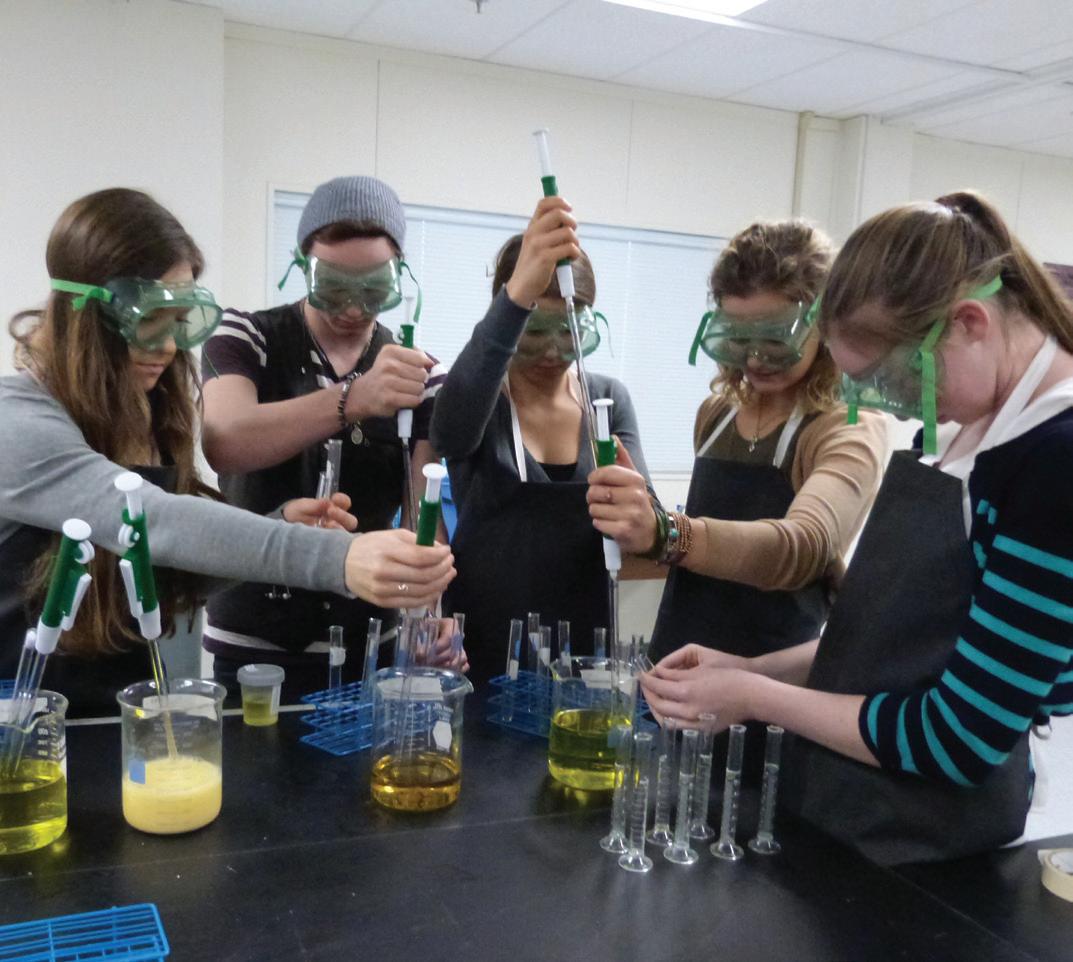
Facilitating Courageous Conversations About Race:
Inspire is committed to achieving racial equity in our systems of teaching and learning. In social science, students learn about the contributions of Black Americans and other Americans of Color to our culture as a whole. Juniors and seniors have the opportunity to travel to the South with “Sojourn to the Past” to learn about the history of the Civil Rights Movement and meet those directly involved in the struggle for equal rights. This year, Inspire has partnered with the Book in Common event, and is planning to share and discuss readings from Ibram X. Kendi’s How to Be an Anti-Racist as a school.
Pushing Boundaries:
Science students are encouraged to think critically and creatively, leading them to explore and innovate. Projects have included a recycling a system that converts plastics on campus into usable items and working with a scientist on the East coast to develop a powder to regenerate limbs. Another exciting project was designing a suitcase-sized solar battery delivered to villagers in Tanzania to provide light to a community with no electricity.



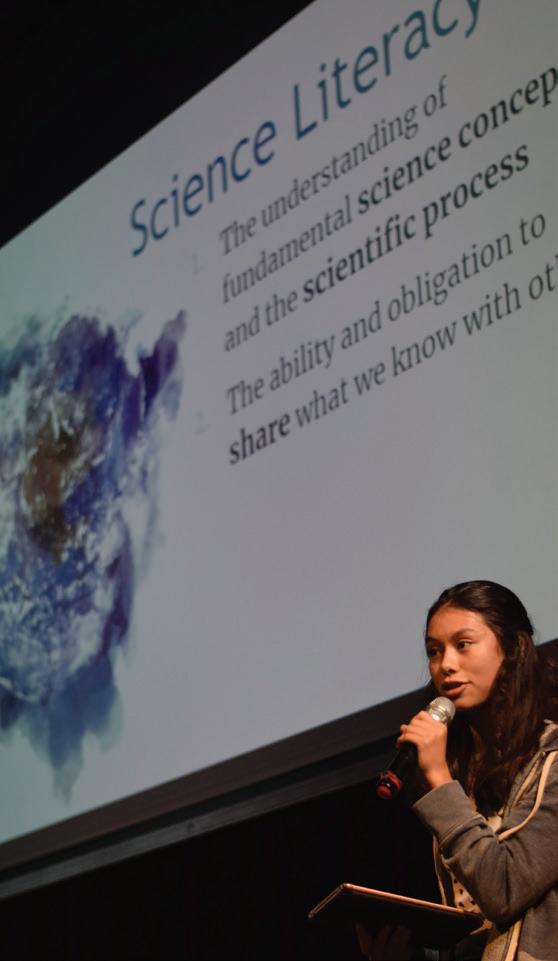
What does the future hold for Inspire School of Arts & Sciences?
A new campus is in the works. From the beginning, Inspire has held the vision of moving to a new site. In late 2019, they learned that they became eligible for Prop 51 funds from the state of California through a charter facilities grant applied for in Spring 2017. Under this program, the state will fund up to $10 million, if they can match with their own $10 million. Parallel with this momentum, the Inspire Foundation was established with the purpose of supporting the school and launching a capital campaign to build the students and staff the school they deserve at a new site.
The Inspire School of Arts & Sciences Foundation is vigorously working on raising enough funds to build a genuinely inspiring campus, including state-of-the-art classrooms and dynamic maker spaces. This campus would allow Inspire to achieve its vision of a school with facilities and resources that would enable invention, creation, and collaboration for thousands of students for years to come. This is learning, inspired.

For more information on Inspire School of Arts & Sciences, please visit www.InspireChico.org. To support Inspire education and the new facility through volunteer time or donations, please visit www.SupportInspire.org.
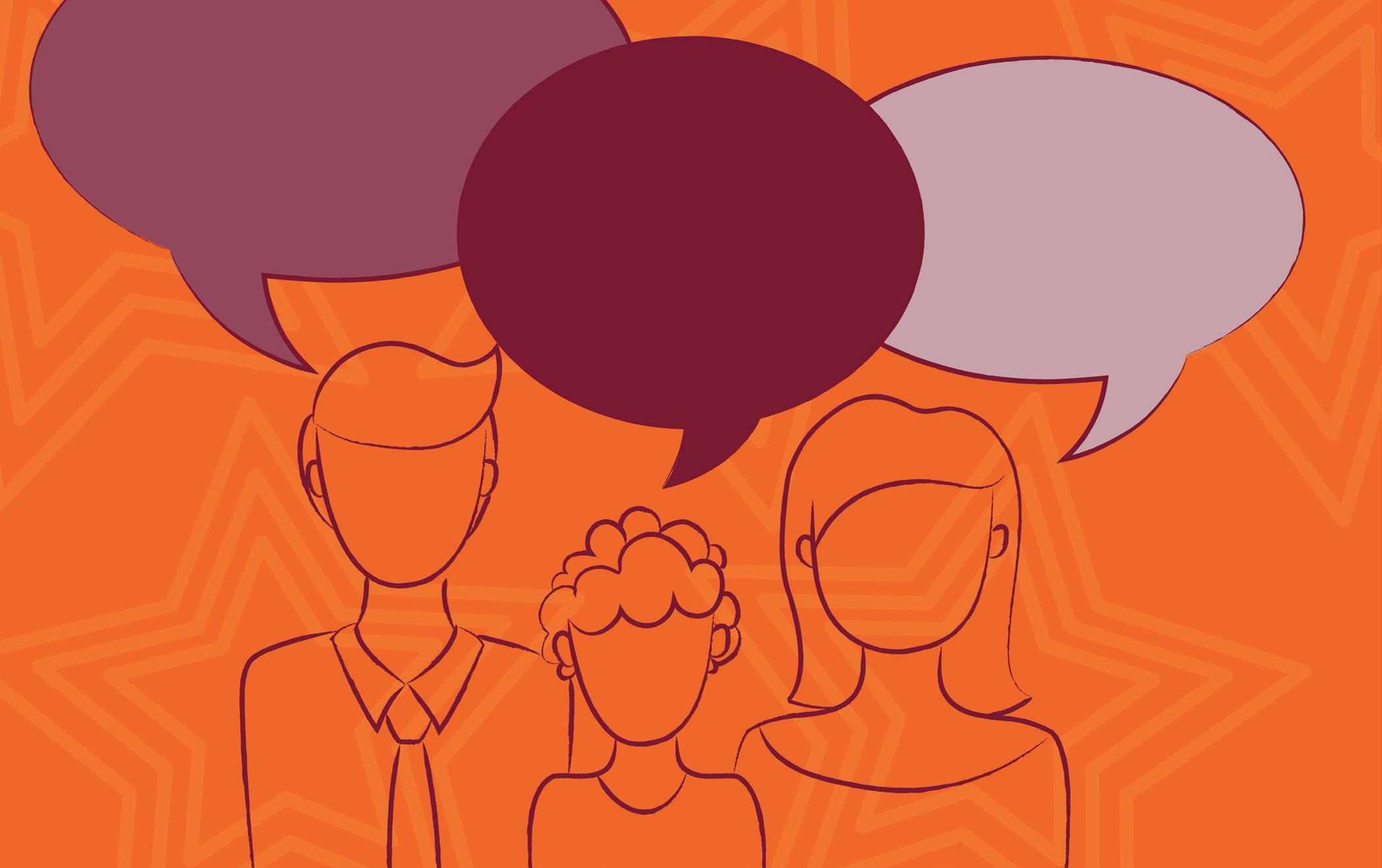
So You Want to Talk to Your Kids About Racism?
By Devjani (Juni) Banerjee-Stevens, PhD Psychologist and Owner of Deer Park Counseling & Consulting
When I signed up for this parenting gig, I was excited to teach my kids about everything that sparked a sense of wonder in me. What makes the sky blue? How many stars are there in the universe? What is it about that song that makes me feel so emotional?
I also know there was a part of me that hoped that I could outsource the harder questions. Why do people die? Why do people hurt people? What is racism? Am I safe?
In spite of all of my efforts to fix the world before my kids realized it wasn’t perfect, they figured it out. Now, in the wake of the deaths of Ahmaud Arbery, Breonna Taylor, George Floyd, and countless other brothers and sisters, I know I need to step up my game and learn how to talk to my kids about those things we want to shield them from. In the summer of 2020, it’s racism.
Step One in this process? Face my fears. Here are a few of them:
Talking about racism, especially anti-Black racism, will
just make it worse. It makes sense, right? If we just pretend a problem doesn’t exist, it will go away. Yeah, no. As a counseling psychologist, I have spent many hours helping clients identify the people who hurt them so thatthey can learn to move through that pain and maybe even forgive those who betrayed them. It’s no different on a larger scale. By understanding the history of how Black, Indigenous, and other People of Color (BIPOC) have systematically been discriminated against, we can grieve the losses of our ancestors, break cycles of abuse and trauma, and become better ancestors for our great-great-grandkids.
My kids are too young to understand this racism stuff.
Talking about it will hurt them. It may be true that your kids may not understand discrimination based on race, but they do see differences. Studies show that babies as young as three months recognize racial differences. It’s not a problem until kids start receiving problematic messages from the media, their families, and role models in their lives that some races are superior to others. Once that happens, kids learn to judge those differences and not always fairly. This “learned judgment” creates bias. When adults avoid talking about our country’s history of systemic violence, specifically against Black people, our kids grow up unaware of how their own biases might be hurting other people. When kids unconsciously absorb the lie that all people are not equally deserving of dignity, they may become business owners, teachers, and community leaders who unintentionally repeat similar patterns of discrimination.
Racism doesn’t affect me or anyone in my family, so I think I’m good. My parents immigrated from India in the 1960s, and they provided a very safe and comfortable life for my sister and me. For most of my life, I wanted to believe that racism didn’t affect me, my parents, or any of my mostly White friends. My dad, especially, loved being an American, and I listened in awe
as he told stories about his childhood in India and why he made the difficult decision to leave his family for more opportunities in the USA. When I would tell my friends about the history of British Colonialism in India, they often would say, “Why didn’t we learn about any of this stuff in school?” I’ve been feeling the exact same way when I learn something new about Black history—a long history of tragedy and triumph in America. Why didn’t I learn this stuff, and why aren’t we teaching it to our kids? This is how racism hurts all of us. When we don’t know our own history, as well as the history of the people around us, we deprive ourselves of knowledge that can make us better people.
I know that both of my parents had to leave huge pieces of themselves behind when they moved here, and that affected how they parented me. As a therapist, I encourage clients to explore all parts of their history—the good, the bad, and the ugly. When we know our history, we can integrate it into our hopes and dreams for the future, and we are all the better for it.
This is just too overwhelming. Where do I begin? I know. It is a lot. The great news is that there are many BIPOC who have been writing and speaking for years about how to do “the work” of anti-racism. If you search, “How to Raise an Anti-Racist Kid,” you’ll find numerous resources to read, watch, and listen to. I know that the best way for me to learn is to huddle up with my most trusted friends. You know—those friends who will tell you the truth even when you don’t want to hear it? Starting a book club, or even a discussion group around race can give you space to talk openly and honestly about your own fears and concerns. You’ll probably learn that others have those same fears, and that they also want to make some meaningful changes.

2.
3. If you have young kids, look at the books, toys, and media that you have in your house. Do they tell the stories of people from backgrounds that are different from your own? Look for stories that are told from the perspective of Black, Indigenous, and People of Color and are written by BIPOC authors. The Center for Racial Justice has compiled a fabulous list of resources for kids and adults of all ages (https://centerracialjustice.org/resources/resources-for-talkingabout-race-racism-and-racialized-violence-with-kids/). For older kids, ask them to research the original inhabitants of the land where they’re living right now. What were the names of the Indigenous tribes in their area? How might your kids learn more about the current experiences of members of these tribes? Older kids also can take a virtual tour of the National Civil Rights Museum on YouTube. For families, talk to your kids’ teachers, principal, and superintendent about your desire to see a more diverse curriculum. Get together with a few other parents and write a letter to the school administration about changes you would like to see.
As for you, be gentle with yourself. Whether you are raising Black, Brown, White, or multiracial children, talking about race can bring up distressing emotions. If you feel angry, sad, confused, or surprised, you’re doing it right. All of these feelings are signs that you’re growing and making a commitment to creating a more just world for all of us.

Ways to Keep 7 Kids Socialized
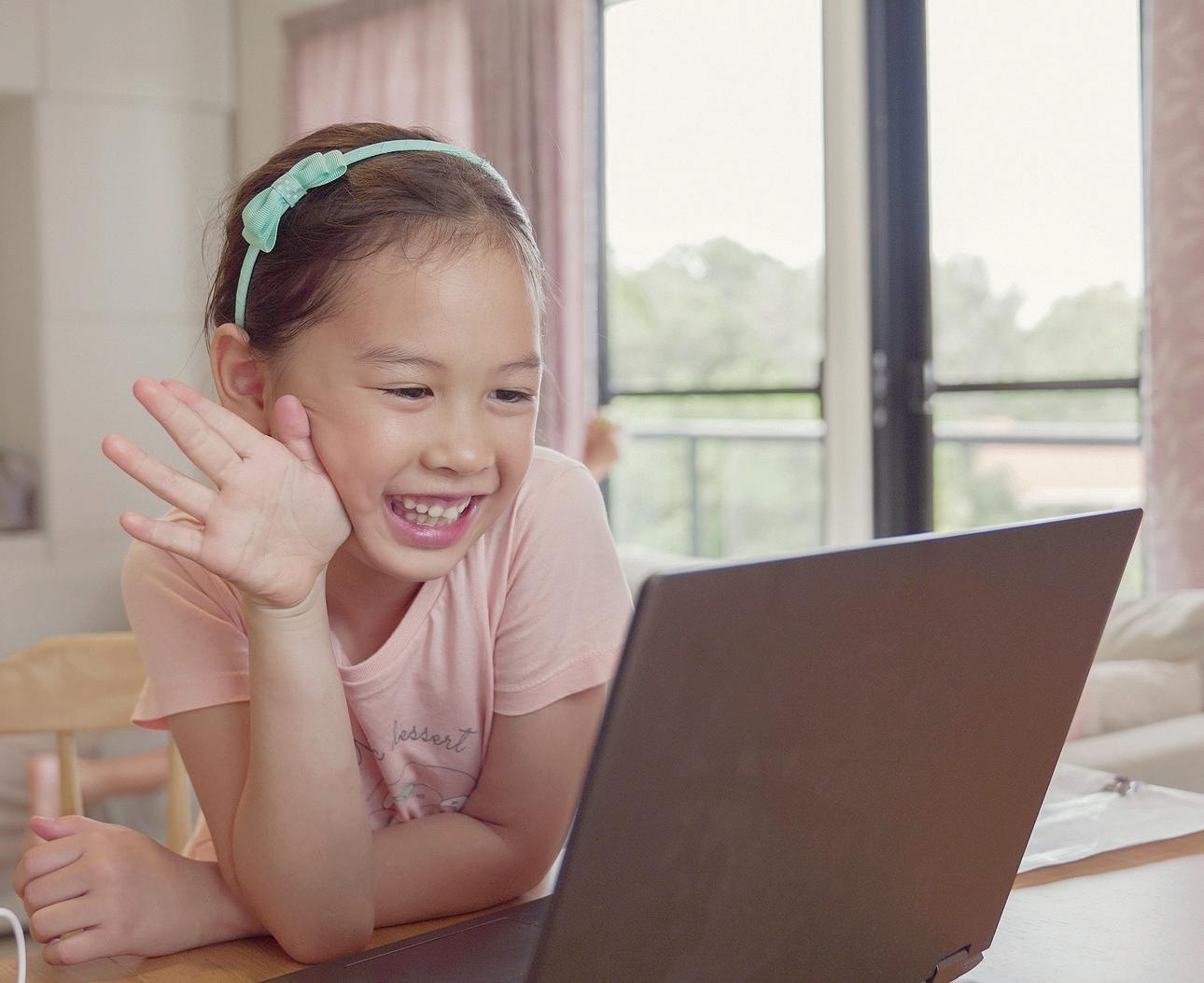
from a Distance
By Kerrie McLoughlin
The “new normal” can be disorienting and frustrating at times. Your kids have friends who they have only seen physically from the end of their driveway. Your parents have been staying inside since the COVID-19 crisis began, and your kids miss seeing Nana and Poppy in person. Meetings, camps, and schools are taking place in front of a screen – and it could continue through the end of the year or longer.
This is no time to despair! At first, my kids were super sad about not being able to do as many social things in person, but soon they got busy and crafty (oh, the lovely paintings hanging on my walls!) while also finding creative ways to keep in touch with friends and family. Check out some of these ideas!
1.
2. The Drive-By Birthday Celebration.
Make sure your child’s birthday is recognized while you all stay safe and healthy. Secretly organize a group of friends to meet at a close-by location (like a mall parking lot), and then they can caravan by your house honking and waving balloons and streamers. Friends and family can drop a gift or card by, but remind them to make sure it is non-perishable, which can be set aside for up to 72 hours if you hard-core need to avoid germs (elderly family member living in your home, immuno-compromised, etc.).
The Social Distancing Playdate.
Unfold those comfy camping chairs on the driveway or in the yard for some six-feet-apart chat sessions. We do short visits when we are out and about to drop something off or pick something up at my girlfriend’s house, and the kids also get to give each other some shout-outs from afar. Consider coming together for a book club for kids or a sewing/knitting circle. Melissa R., mom of three, says they do “meet-ups at local creeks. With neighbors, they play outside, distanced with FaceTime going so they don’t have to yell across the spaces. In the fall, we will continue much the same. We try to get a group together of similar risk tolerance levels for outdoor activities.”
3.
4.
5.
6.
7. Video Chatting.
Cathie Maschler, mom of four, says, “My kids are staying in contact with friends through Zoom meetings, and FaceTime chats mostly.” Don’t forget about Skype, Facebook Messenger, Instagram, and any other supervised way kids can connect “face to face.” This is easier for my teens, who have their own phones. The other three kids take turns using my phone for their social visits, and I appreciate the screen break for myself. My daughter does origami tutorials with her friend after another friend has taught her some new things to make. Katie D., mom of four, shares that they “visit with friends electronically while they craft, watch a show, or exercise.”
Snail Mail.
Now is the time to send those things made in the sewing circle and during the video socializing tutorial sessions to the grandparents and other friends and relatives! Old-fashioned letters and surprises in the mail are such a treat! One of my daughters went nuts with 12x12 blank canvases and painted pictures for her grandparents, which I will be popping in the mail or dropping on their porches.
Words.
Texting, emailing, blogging, oh my! There are so many ways to stay in touch without touching. Bonus: it helps them practice reading, writing, grammar, graphics, editing, and typing skills.
The Marco Polo App!
Check out the Marco Polo app for a FaceTime-meetsvoicemail experience, where you get to leave and receive video messages, and they don’t disappear. You can save them on Marco Polo indefinitely and save them to your phone, or forward them to other family members.
Online Activities.
Melissa R. shares, “We are doing online summer camps, which are going well. Sleepovers, chats, and playdates with friends are all done virtually.” I know families who are continuing activities like ballet, Irish dance, and karate online – and loving it!












